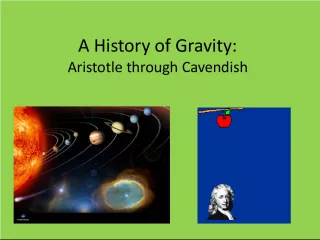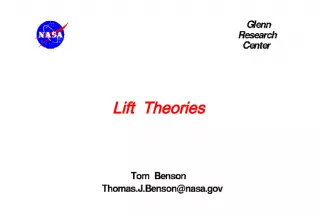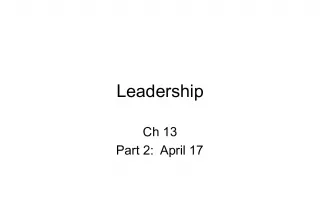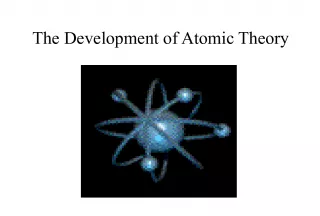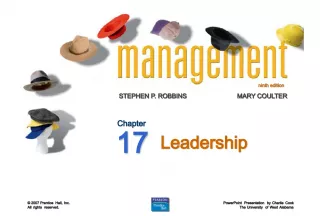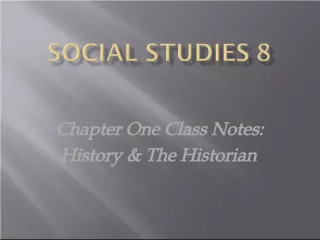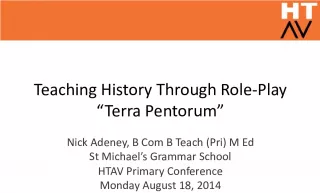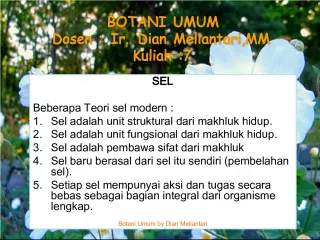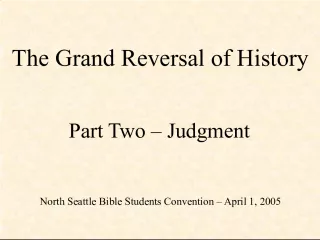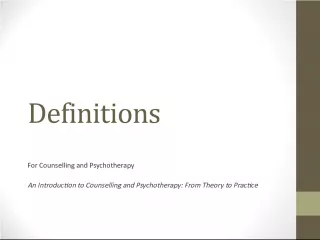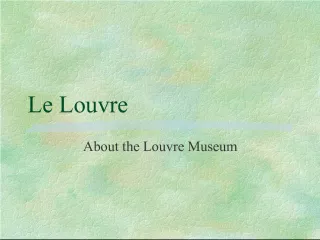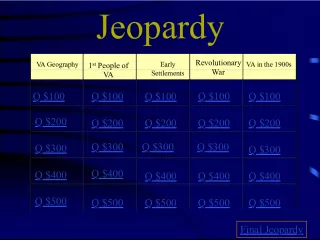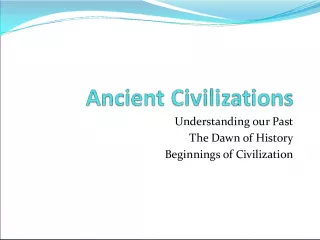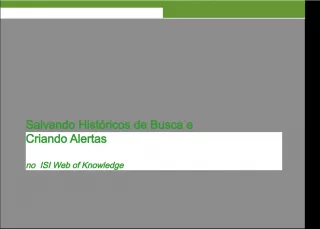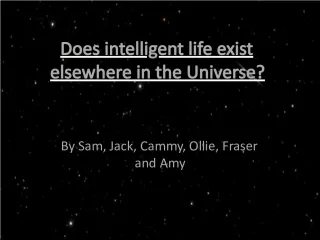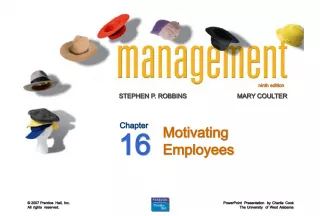The History and Theories of Behaviorism
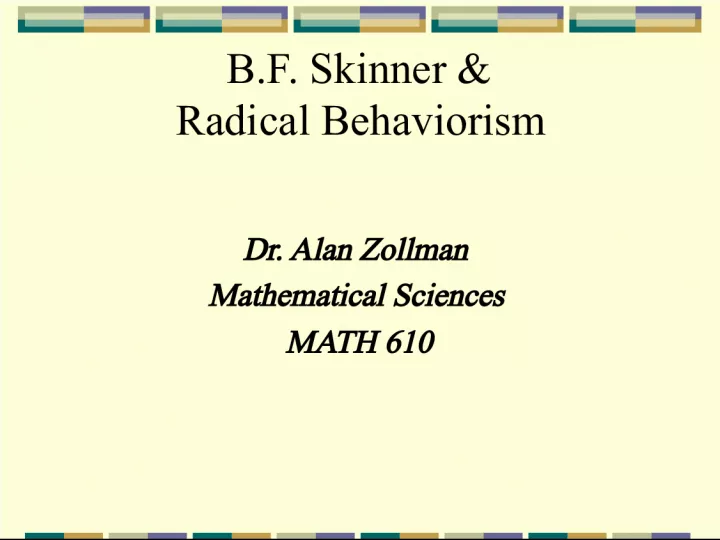

Learn about the key figures in behaviorism, including B.F. Skinner and Edward Thorndike, as well as classical conditioning and Pavlovian conditioning and their role in shaping behavior modification.
- Uploaded on | 1 Views
-
 korbinian
korbinian
About The History and Theories of Behaviorism
PowerPoint presentation about 'The History and Theories of Behaviorism'. This presentation describes the topic on Learn about the key figures in behaviorism, including B.F. Skinner and Edward Thorndike, as well as classical conditioning and Pavlovian conditioning and their role in shaping behavior modification.. The key topics included in this slideshow are . Download this presentation absolutely free.
Presentation Transcript
1. B.F. Skinner & Radical Behaviorism Dr. Alan Zollman Mathematical Sciences MATH 610
2. Behaviorism Edward Thorndike 1874-1949 stimulus-response psychology passive receivers of conditioning action is determined and not free organism is a blank slate
3. Classical Conditioning ( Pavlovian conditioning) A process of behavior modification ( shaping ) by which a subject comes to respond in a desired manner to a previously neutral stimulus that has been repeatedly presented along with an unconditioned stimulus that elicits the desired response.
4. Problems with Behaviorism Skinner saw that classical conditioning didn't account for a lot of behaviors, such as riding a bike or writing a book. Thus, he proposed operant conditioning - an operant is actively emitted and produces changes in the world (i.e., produces consequences) that alter the likelihood that the behavior will occur again. It increases or decreases the probability that a specific behavior will occur in the future - accomplished by adding or removing one of two basic types of stimuli, positive/pleasant or negative/aversive. Organism can emit responses instead of only eliciting response due to an external stimulus.
5. B.F. Skinners Radical Behaviorism Edgar Pierce Professor of Psychology Harvard University 1958 - 1974 The most influential psychologist of the 20th century Schedules of Reinforcement Operant Conditioning Superstitions of Pigeons
6. Operant Conditioning ( instrumental conditioning) A form of learning where an individual forms an association between a particular behavioral response and a particular reinforcement. The process maybe positive, for example when a player learns to associate a particular activity with a pleasant result, or negative, for example when a player associates an activity with an unpleasant result.
7. Schedules of Reinforcements Continuous reinforcement constant delivery of reinforcement for an action; every time a specific action was performed the subject instantly and always received a reinforcement. Interval reinforcement (Fixed) reinforcement is set for certain times. (Variable) times between reinforcement are not set, and often differ. Ratio reinforcement (Fixed) deals with a set amount of work needed to be completed before there is reinforcement. (Variable) amount of work needed for the reinforcement differs from the last.
8. Superstition of Pigeons - 1947 Skinner placed a series of hungry pigeons in a cage attached to an automatic mechanism that delivered food to the pigeon "at regular intervals with no reference whatsoever to the bird's behavior." He discovered that the pigeons associated the delivery of the food with whatever chance actions they had been performing as it was delivered, and that they subsequently continued to perform these same actions. One bird was conditioned to turn counter-clockwise about the cage, making two or three turns between reinforcements. Another repeatedly thrust its head into one of the upper corners of the cage. A third developed a 'tossing' response, as if placing its head beneath an invisible bar and lifting it repeatedly. Two birds developed a pendulum motion of the head and body. Skinner suggested that the pigeons believed that they were influencing the automatic mechanism with their "rituals" and that this experiment shed light on human behavior
9. Skinners Influence Today Behavioral Economics Behavior Modification Decision Making & Artificial Intelligence Programmed Instruction
10. Programmed Instruction 1. Practice should take the form of question (stimulus) - answer (response) frames which expose the student to the subject in gradual steps 2. Require that the learner make a response for every frame and receive immediate feedback 3. Try to arrange the difficulty of the questions so the response is always correct and hence a positive reinforcement (shaping) 4. Ensure that good performance in the lesson is paired with secondary reinforcers such as verbal praise, prizes and good grades.
11. References Skinner, B.F. (1950). Are theories of learning necessary? Psychological Review, 57(4), 193-216. Skinner, B.F. (1953). Science and Human Behavior. New York: Macmillan. Skinner, B.F. (1954). The science of learning and the art of teaching. Harvard Educational Review, 24(2), 86-97. Skinner, B.F. (1957). Verbal Learning. New York: Appleton-Century- Crofts. Skinner, B.F. (1968). The Technology of Teaching. New York: Appleton-Century-Crofts. Skinner, B.F. (1971). Beyond Freedom and Dignity. New York: Knopf. The Journal for the Experimental Analysis of Behavior Journal of Applied Behavior Analysis

